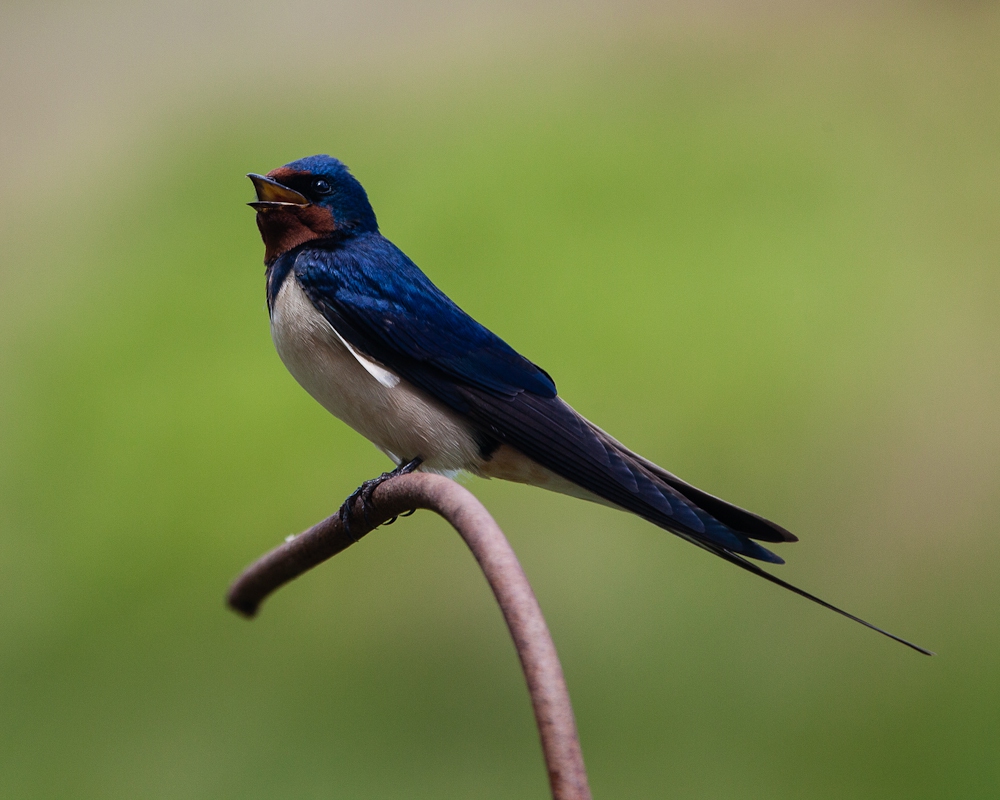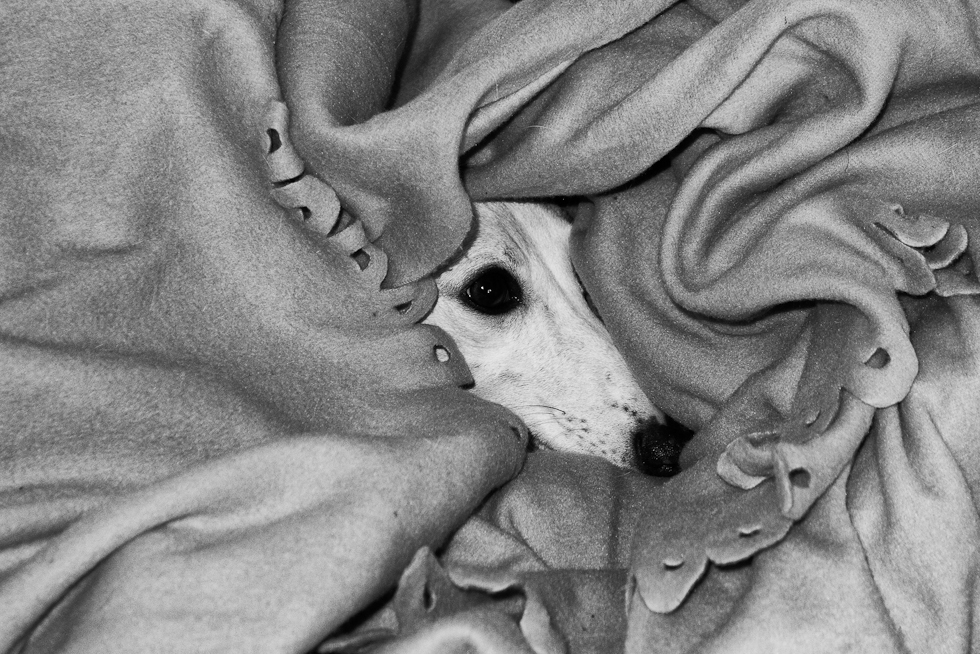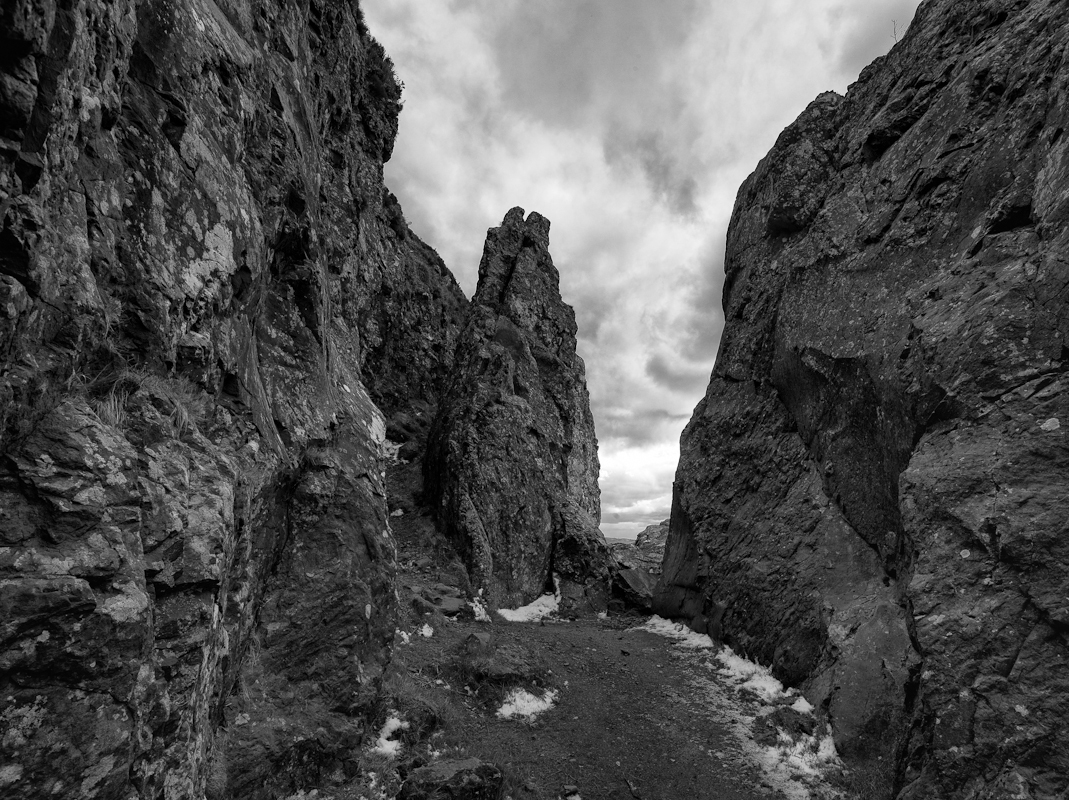The seed feeders in our garden attract a large variety of finches and tits. The chaffinches are, without a doubt, the most numerous, easily outnumbering the green finches, gold finches, blue tits, coal tits, great tits and siskins combined.
While enjoying a warm late morning with a mixture of sunshine and cloud on the deck, I decided to do a little experiment. I set up the camera with my 400mm lens combo and remote trigger release on my tripod, composing a frame just to the left of one of the seed feeders, manually focussing on the plane containing the seed feeder and setting the camera to aperture priority at f8. Every time one or more birds were about to fly into the frame, I triggered a burst of three to four shots.
After quickly deleting the large number of shots with empty frames, I set about selecting the ones that are sharp as well as showing a nice flying pose. What actually amazed me was the high success rate of sharp and nearly sharp images with a first attempt.
Once I had my shortlist of images, I set about cropping these to a tighter composition round the chaffinch, generally 20% to 25% of the frame, boosting the contrast slightly and brightening the shadow areas a little to compensate from shooting into the sun.
I am pretty pleased with the results and will definitely repeat this approach with a few tweaks. The next time I will place the camera much closer to the feeder with a tighter composition and at a slightly different angle using my 70-200mm lens at 200mm. This should bring the focal plane more in line with the common flight path and provide some extra sharpness and wider depth of field. The tighter composition will probably affect the success rate, but should require less cropping and therefore, better quality images.
The male chaffinch is actually a colourful and wonderfully striking little bird, as illustrated by this series of seven images. They are often overseen by photographers as they are so common, but should deserve much more attention.
These three images show a female chaffinch in flight. Not as colourful and striking as the male, but still a cute little bird and a worthy subject.
To illustrate the nearly sharp images, here are three shots that would have been great if they had been sharper.




